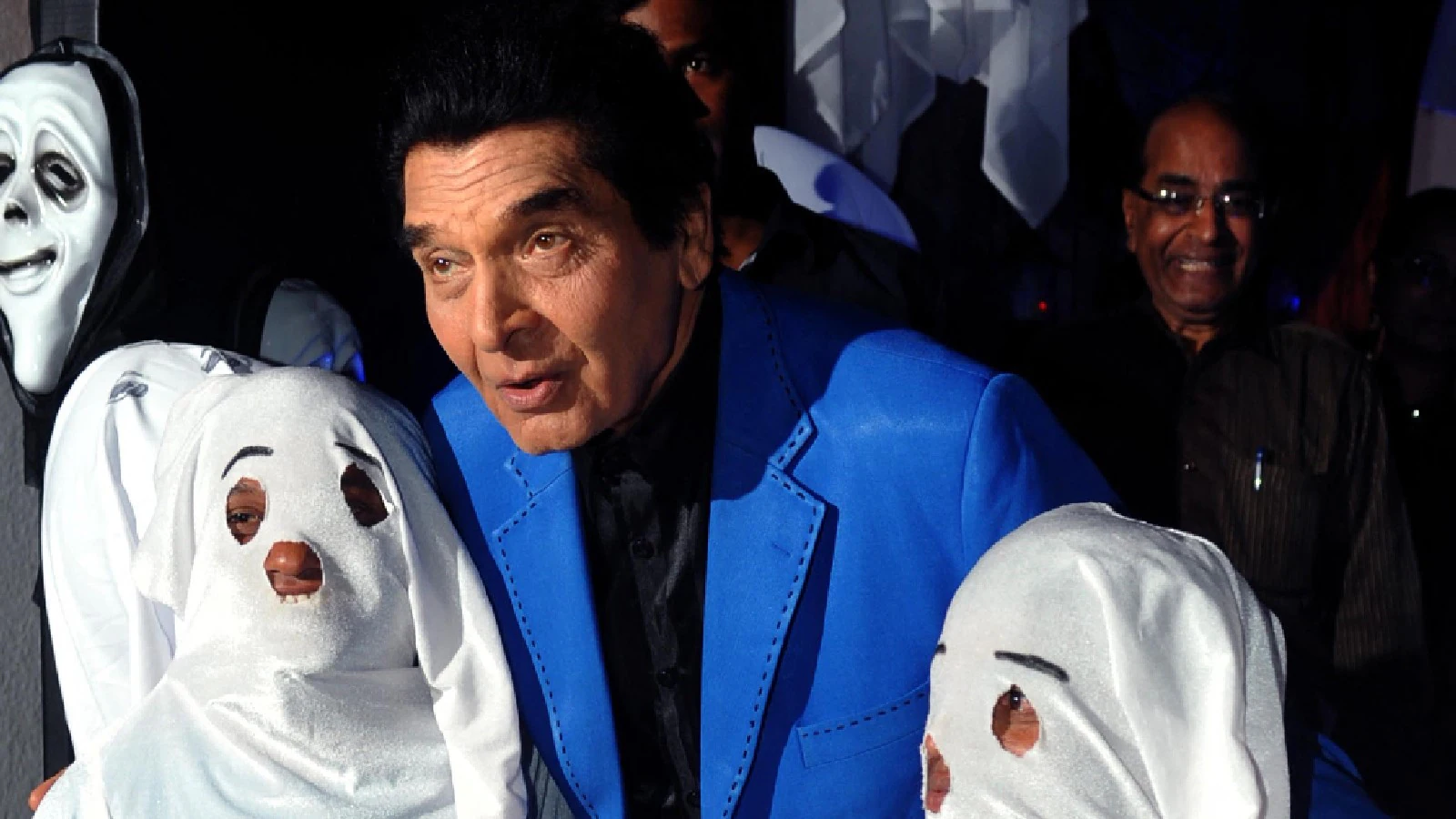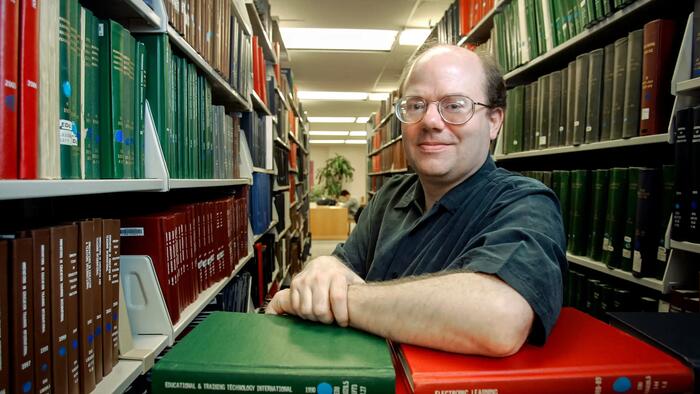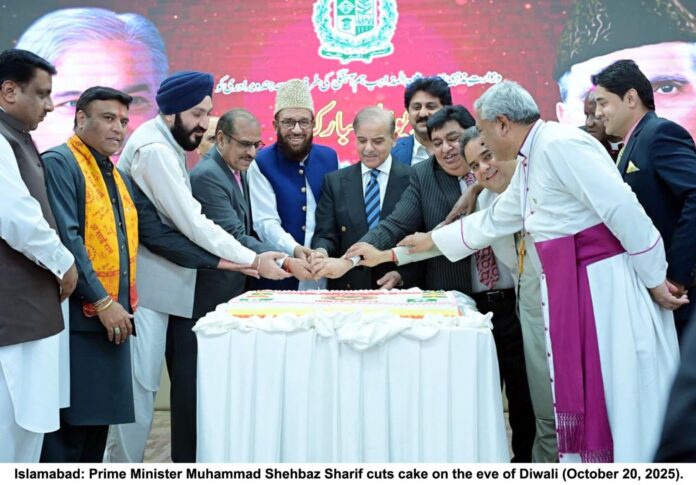Copyright news18

Govardhan Asrani’s face was the punctuation mark of Hindi cinema: the comma that gave rhythm to chaos, the ellipsis that made room for laughter. A fine actor and a finer human being, Asrani’s presence added layers to any narrative. There wasn’t a genre he couldn’t excel in or an actor he couldn’t complement. His death on Diwali, after greeting his fans and succumbing to age-related ailments, marks the end of a legend who stood as the bridge between eras. Most people remember Asrani as a comic genius. The temptation is easy — to confine his brilliance to laughter. Actors like Walter Matthau or Jack Lemmon were granted leading-man respectability in Hollywood — Oscar nominations, top billing, critical reverence — while Asrani, occupying the same artistic territory, never received equivalent spotlight. Limiting Asrani’s brilliance to comedy and timing is a reductive view that misses something fundamental: doesn’t every actor need timing? Imagine a dramatic performer delivering a reaction ten seconds early, deliberately throwing a co-star off — seasoned stars have done this to unsettle younger rivals. Or consider an action hero whose punches land three seconds late. Timing isn’t a comic virtue; it’s an acting fundamental. Asrani simply mastered it so thoroughly that he made difficulty look like ease. My earliest memory of him is not in a comic role at all. It is Khoon Pasina, where he plays the upright, faintly henpecked husband of Aruna Irani’s fiery landlord’s daughter — a man whose Gandhian pacifism collides with his wife’s impulsive temper. Asrani’s restraint in that small part was a revelation. He could have coasted on far easier terrain. In the 1970s, comedy was the safest haven for character actors: a parallel track detached from the hero’s burden, a self-contained film within the film. By the 1980s, these subplots — peopled by Asrani, Jagdeep, Kader Khan, and Shakti Kapoor — had almost become an ecosystem of their own. Yet Asrani always located dignity in the absurd. The more you studied his filmography, the more you saw how eagerly the industry loved to slot him. Born on New Year’s Day 1941 in a middle-class Sindhi family in Jaipur, the son of a carpet merchant who migrated after Partition, Asrani was never meant for show business. He studied at St Xavier’s, acted on All India Radio to fund his education, and joined FTII in 1964 at Hrishikesh Mukherjee’s urging. While looking for work, he taught at FTII for a while; Jaya Bhaduri was among his students. For years afterwards, Bhaduri and Amitabh Bachchan still addressed him as “Sir”. Even as he rose in Bombay, he carried the humility of a teacher, later heading FTII between 1988 and 1993. Hrishikesh Mukherjee, who first encouraged him, kept promising him a “proper” part. Each time Asrani asked, the director said: “Milega, milega.” The phrase became an inside joke, and though the role remained elusive, the friendship endured. To appreciate Asrani’s genius, you had to notice what he left unsaid. His art was built on paradox: precision that looked effortless. Watch the micro-beats — the half-pause before a punchline, the refusal to oversell a gag, the way the eyes did the heavy lifting so the voice could stay unhurried. This wasn’t comedy; it was dramaturgy disguised as lightness. His early work in Mere Apne and Satyakam was serious, shaded, and quietly modern. In an industry that often confused volume with vitality, Asrani understood economy. He knew where humour ended and cruelty began — and landed just shy of the latter. Through the 1970s and 1980s, he adapted with ease. In Abhimaan, Bawarchi, Chhoti Si Baat, Chupke Chupke, Aaj Ki Taaza Khabar and Karm, he occupied that elusive space — neither comedian nor second lead nor “character actor”. He directed himself in Chala Murari Hero Banne and became a bona-fide star in Gujarati cinema. He formed partnerships across five decades — with Hrishikesh Mukherjee, Gulzar, and filmmakers from the South such as D. Rama Naidu (who gave him a career-reviving role in Taqdeerwala, 1995, after a lull in the early 1990s), K. Bapaiah, Dasari Narayana Rao, and K. Raghavendra Rao — before Priyadarshan cast him again in the 2000s. One of his final roles was in Priyadarshan’s Haiwan. Actors like Asrani are the connective tissue of popular cinema. They bear the burden of continuity. Walter Matthau had a similar fate in Hollywood — a man of crumpled charm and tragicomic intelligence who, unlike his handsome peers, was allowed to age into leading-man respectability. In France, think of Michel Serrault — the everyman whose wit and melancholy made him indispensable to directors as different as Chabrol and Molinaro. The difference is that Matthau and Serrault were ultimately permitted centre stage; they were celebrated for being precisely what they were. Hindi cinema, however, has rarely extended such grace. It kept Asrani in its heart but not always in its spotlight. He operated in an ecosystem of specialists: Mehmood overshadowed leading men; Jagdeep embodied the Johnny Walker tradition; Deven Verma became the genteel second lead. Asrani carved his own space — chameleon-like, matching pace with every leading man from Rajesh Khanna to Govinda and Akshay Kumar. He became the bridge between eras — from Mehmood’s theatrics to Paresh Rawal’s realism — and made transition itself look effortless. His scenes from films like Dhamaal and De Dana Dan — endlessly clipped, looped, and celebrated across Instagram reels and YouTube shorts — stand as a testament to his timelessness. That may be his true legacy. In a cinema that often mistook exaggeration for energy, Asrani reminded us that gentleness could be radical. He was the quiet conscience of comedy — a man who made the art of timing feel like the art of living. The writer is a film historian. Views expressed in the above piece are personal and solely that of the author. They do not necessarily reflect News18’s views.



